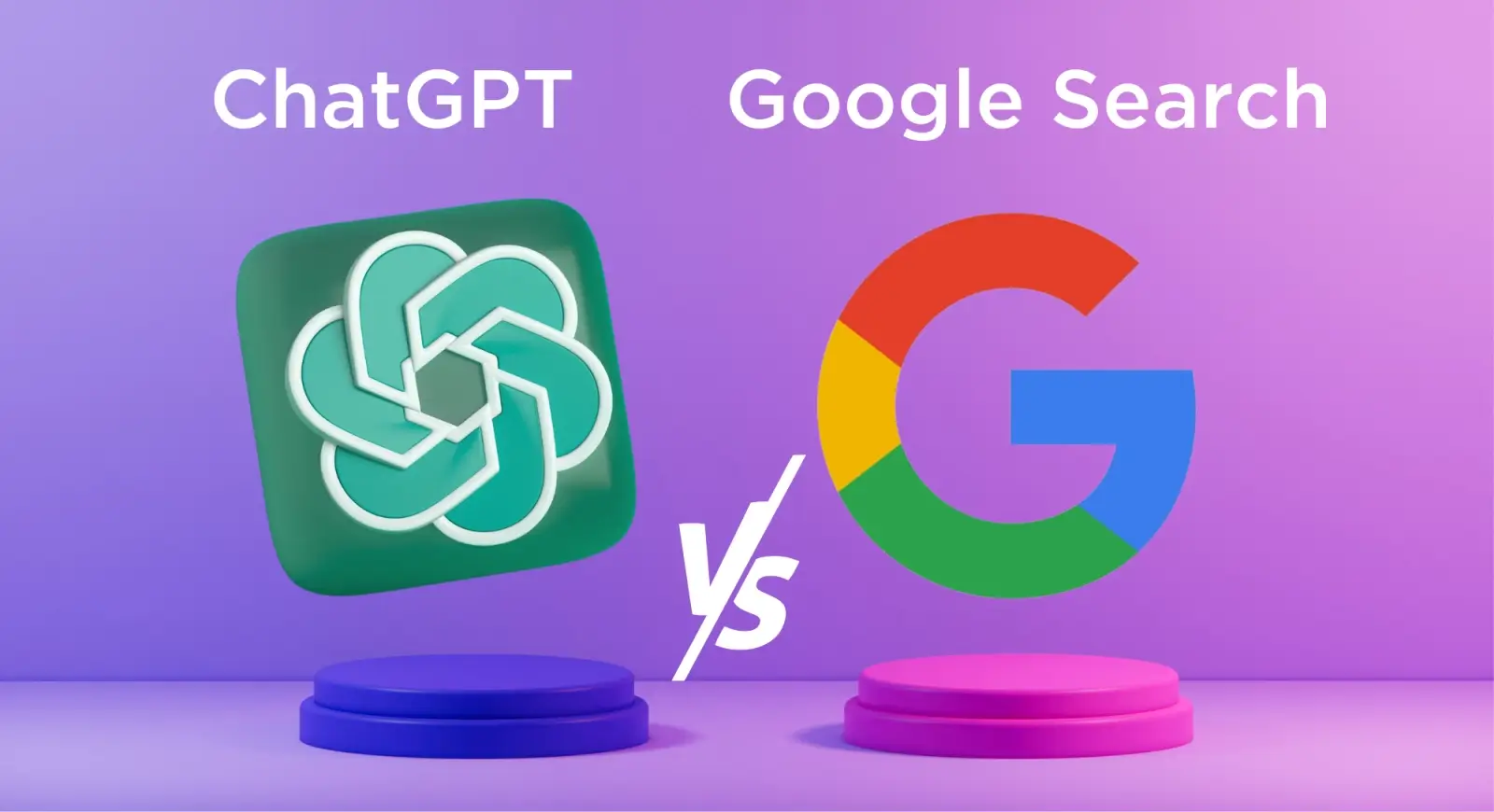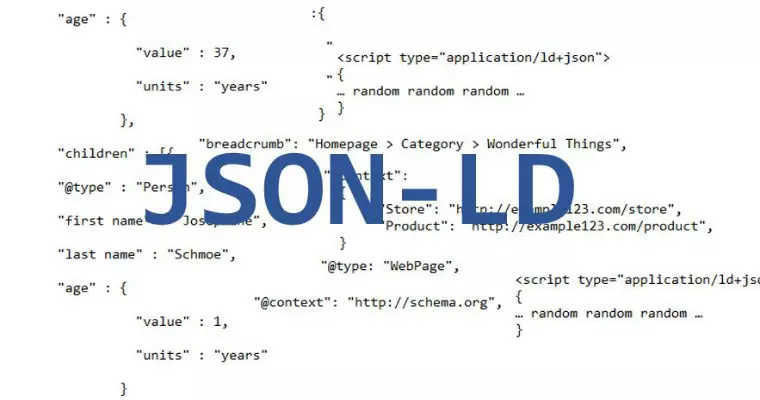Conversational SEO: what it is and how it differs from the past
Conversational SEO optimizes content to answer natural questions posed by users. Essential for AI, it enhances the site's authority and increases visibility in search engines.

Conversational SEO represents a paradigm shift in the world of Search Engine Optimization. With the advent of artificial intelligence and voice assistants like Alexa, Google Assistant, and ChatGPT, the way users search for information is rapidly evolving. People no longer input short, rigid keywords into search engines but instead ask detailed and specific questions, often in natural language.
From Keywords to Natural Questions
Traditionally, SEO relied on the strategic use of keywords. For example, a user might search for "cheap restaurant Milan." Content was optimized to target these concise phrases, aiming to rank high on the SERP (Search Engine Results Page).
With conversational SEO, searches take on a more natural and colloquial form. Users now ask, "What is the best affordable restaurant in Milan with good reviews?" This requires content that not only includes keywords but also directly and clearly answers specific questions.
The Role of AI in Conversational SEO
Voice assistants and AI are designed to simulate human conversations. To answer user questions, they extract information from sources they consider reliable. This has created a new challenge for content creators: adapting articles, blogs, and web pages to meet the needs of these technologies.
For instance, if a user asks, "How do I make an authentic carbonara?", a recipe website must provide a comprehensive and well-structured answer that AI can easily understand and reproduce. Content must therefore be clear, organized, and ideally enhanced with structured data.
How to Optimize for Conversational SEO
Anticipate User Questions:
- Analyze the most common queries related to your industry.
- Use tools like Answer the Public or Google Suggest to identify frequent questions.
Provide Comprehensive but Concise Answers:
- Offer complete information without unnecessary fluff.
- Answers should be succinct and focused.
Use Natural Language:
- Write as if you’re having a conversation with a customer.
- Avoid overly technical jargon unless it’s essential for your audience.
Structure Content:
- Use headings (H1, H2, H3) to organize information.
- Include bullet points and tables to make content more readable.
Implement Structured Data:
- Use schema markup to provide additional context.
- For instance, in a query about a restaurant, specify opening hours, address, cuisine type, and ratings.
Conversational SEO vs. Traditional SEO
| Feature | Traditional SEO | Conversational SEO |
|---|---|---|
| Keywords | Focus on short, rigid keywords | Focus on natural phrases and questions |
| Target | SERP results | Direct answers provided by AI and voice assistants |
| Content Structure | Text optimized for search engines | Text optimized for AI responses |
| Structured Data | Not always necessary | Essential for AI and voice assistants |
| Success Metrics | CTR, bounce rate, page views | Citations and usage by AI |
Why Adopt Conversational SEO
Adopting conversational SEO is not just an advantage—it’s a necessity. With the increasing use of voice assistants and AI, businesses must adapt to remain relevant. Being cited by AI as an authoritative source can significantly boost a brand’s visibility and credibility.
Moreover, conversational SEO enhances user experience. By responding clearly and directly to questions, user satisfaction increases, encouraging return visits to the site and building trust in the brand.
Conversational SEO emphasizes the importance of a human approach while paradoxically increasing the need to communicate directly with algorithms. Voice assistants and AI not only interpret natural language but also rely on structured data like JSON-LD to understand and organize information. This format allows businesses to "speak" to algorithms, providing clear and detailed context. Integrating schema markup is thus essential to ensure content remains relevant and easily interpreted by modern technologies.




